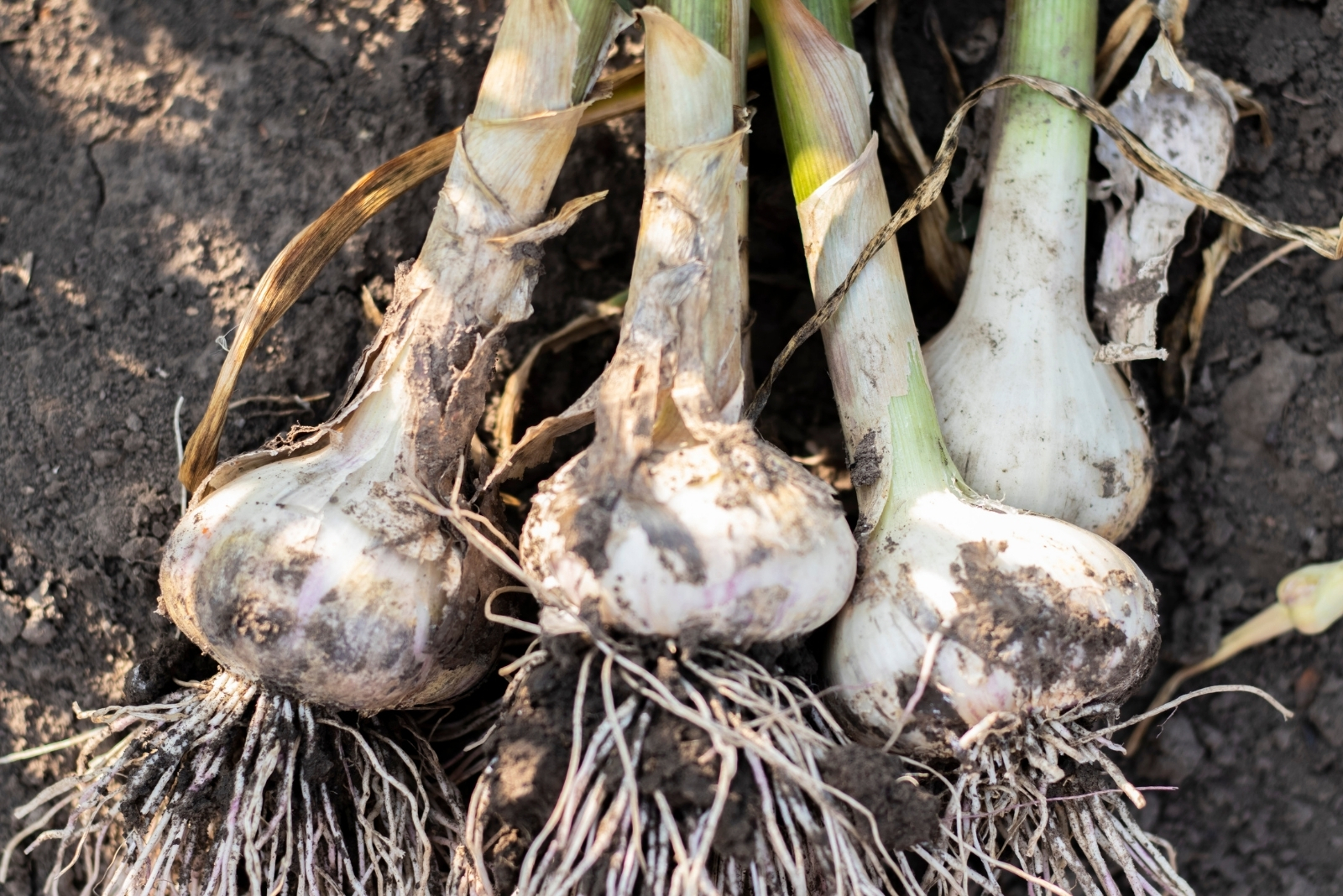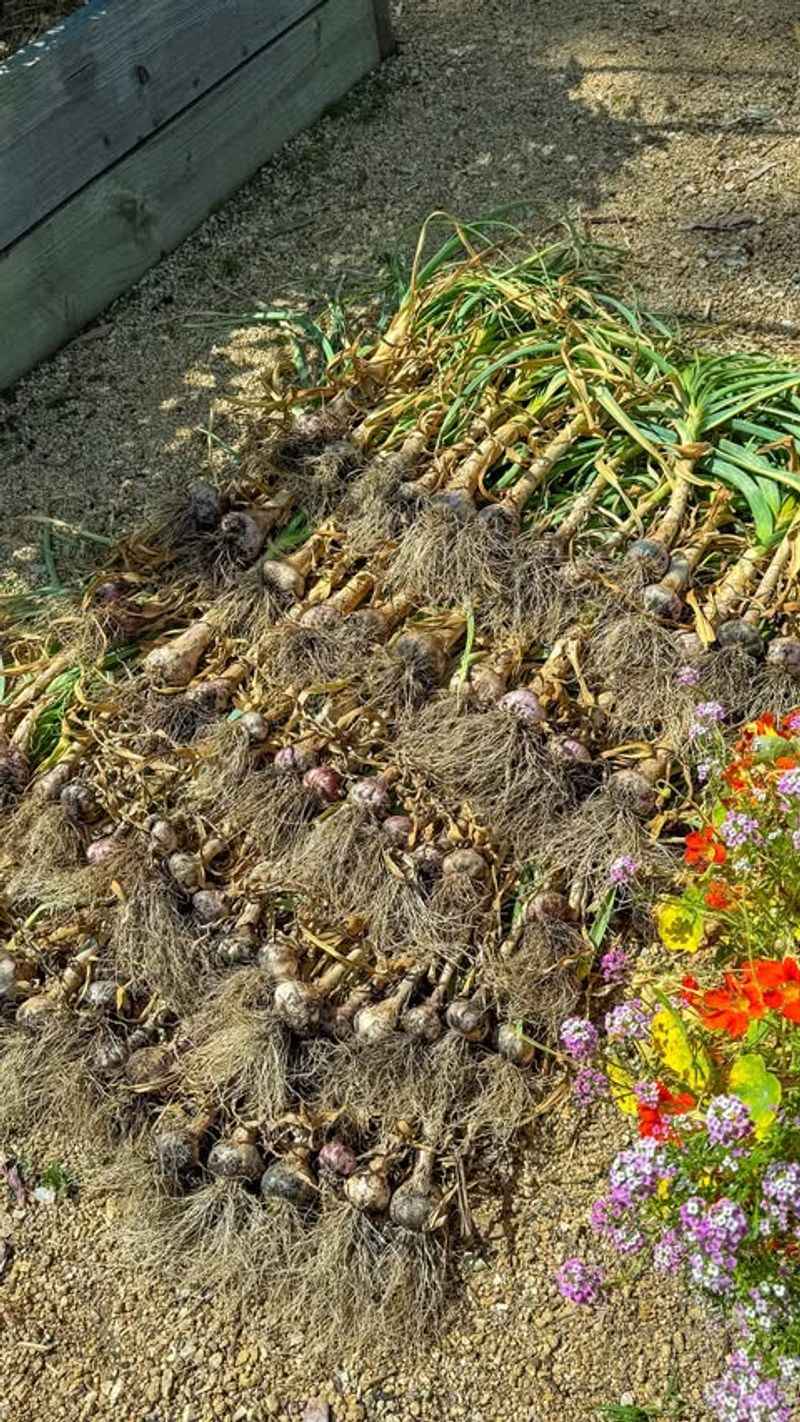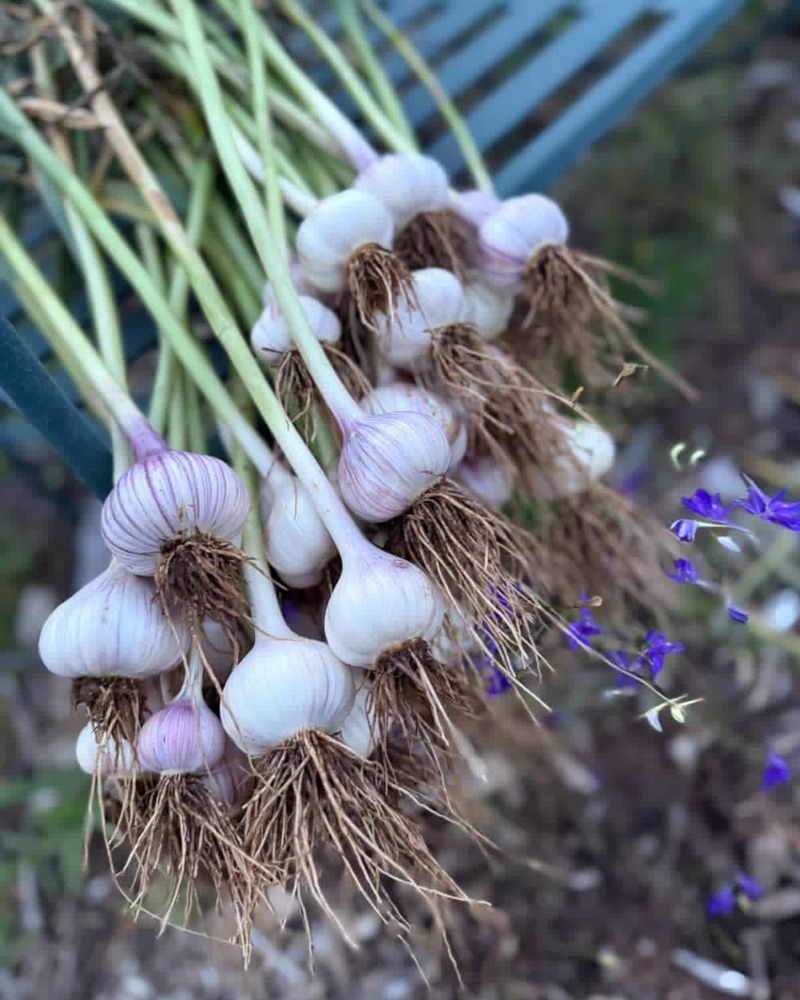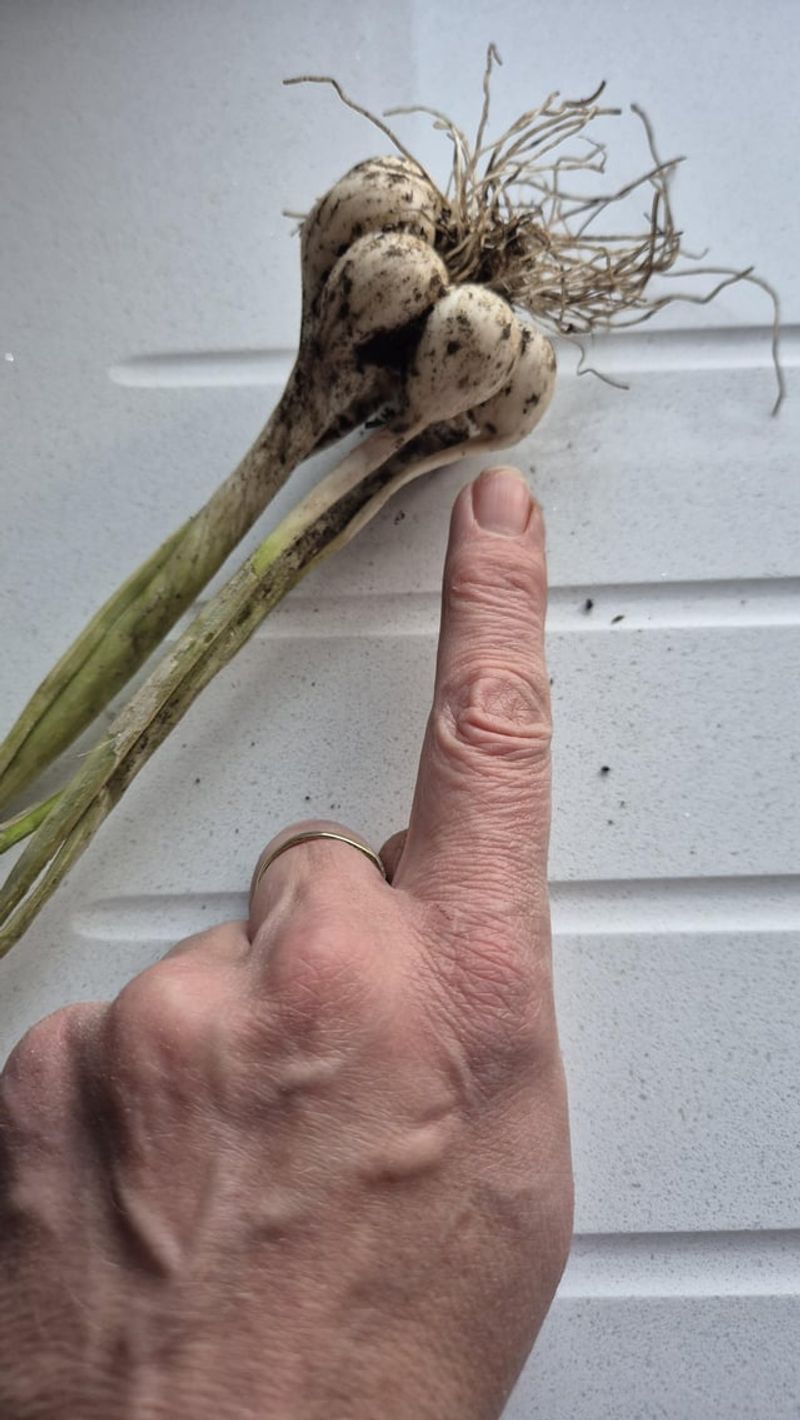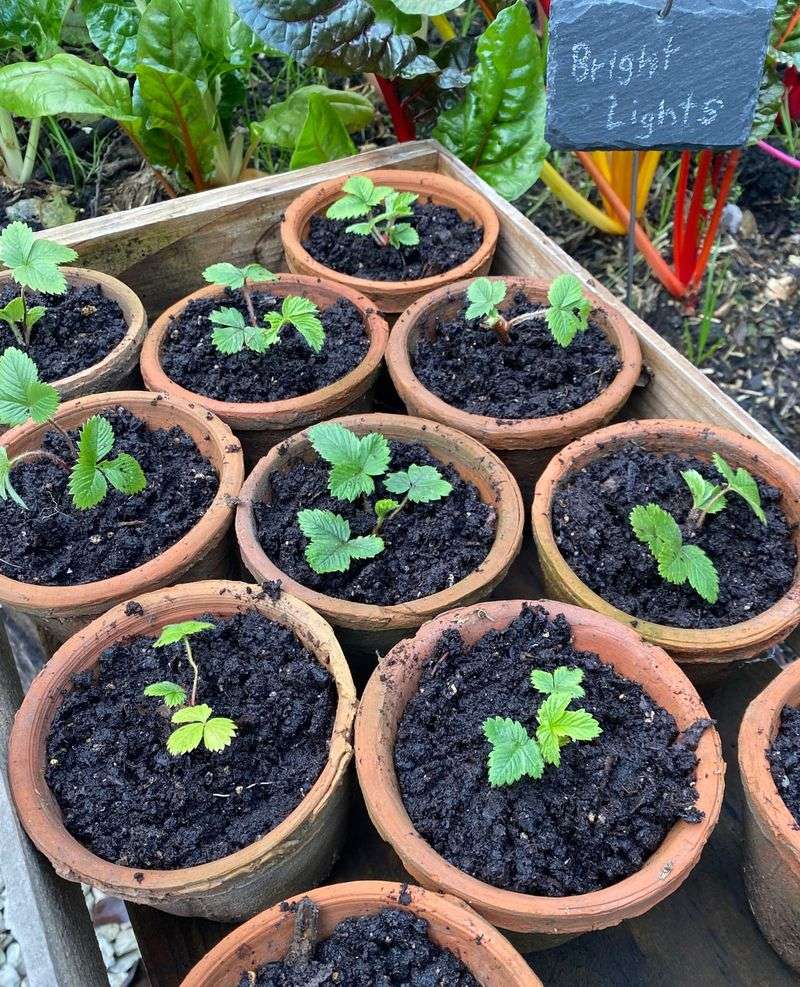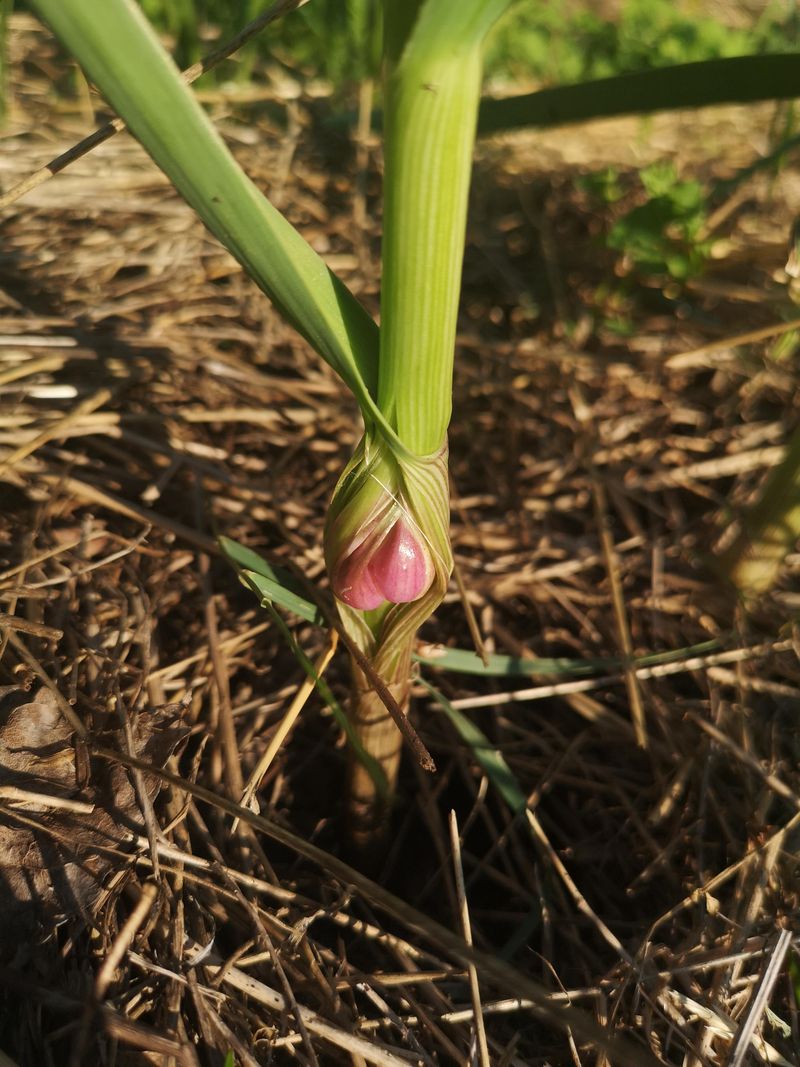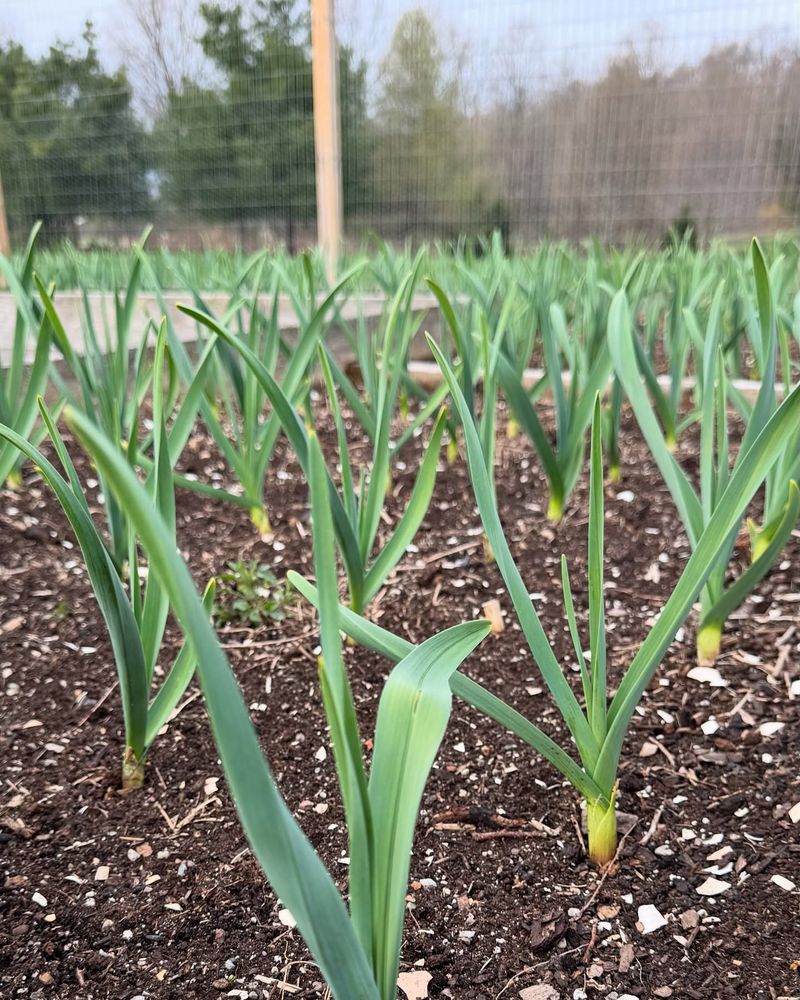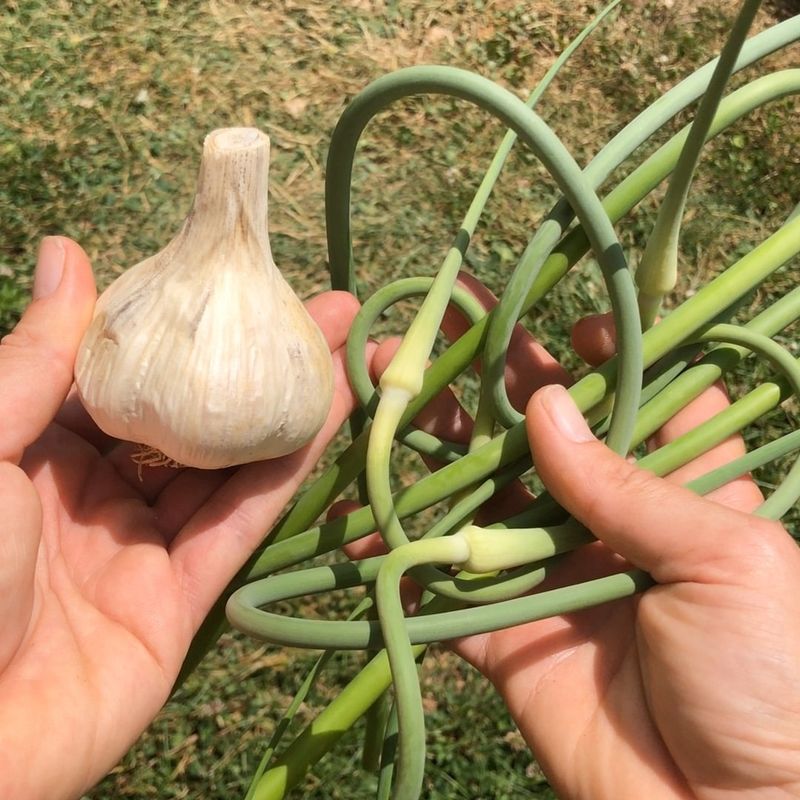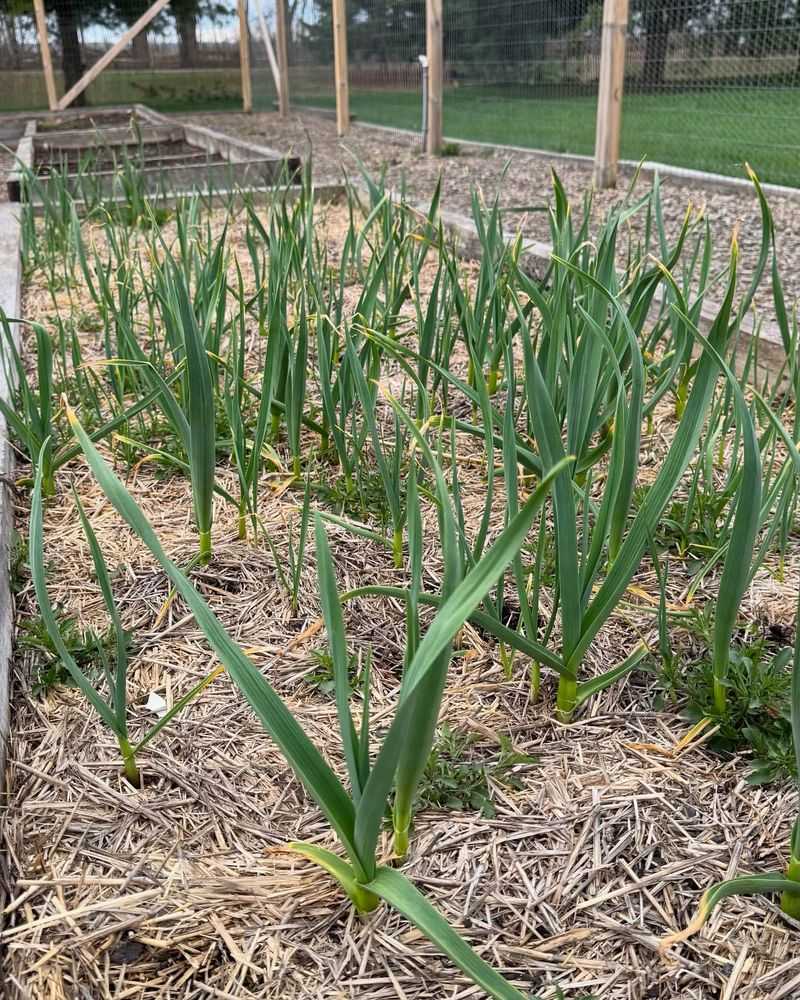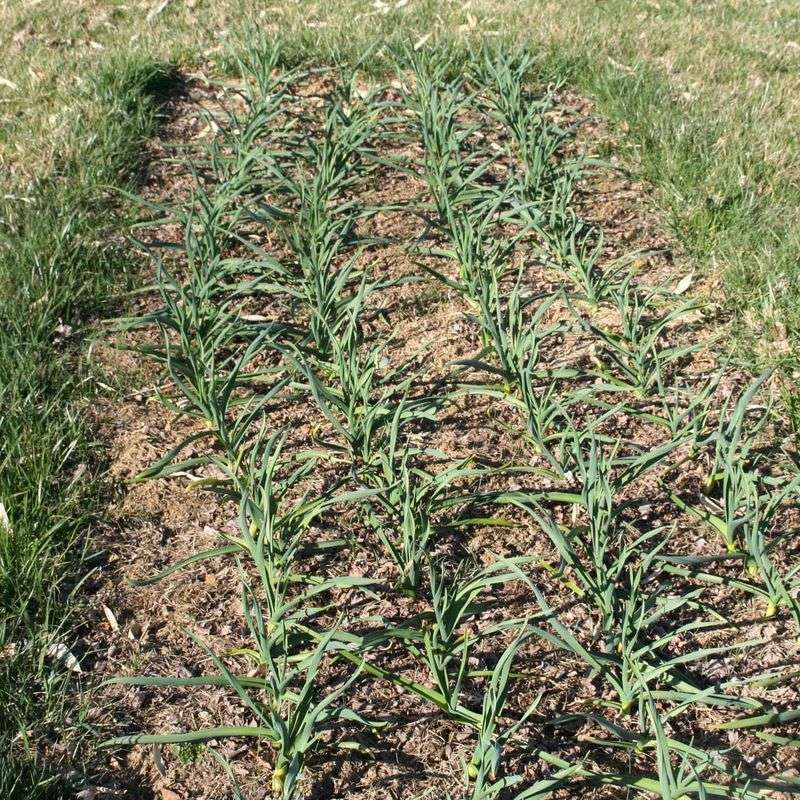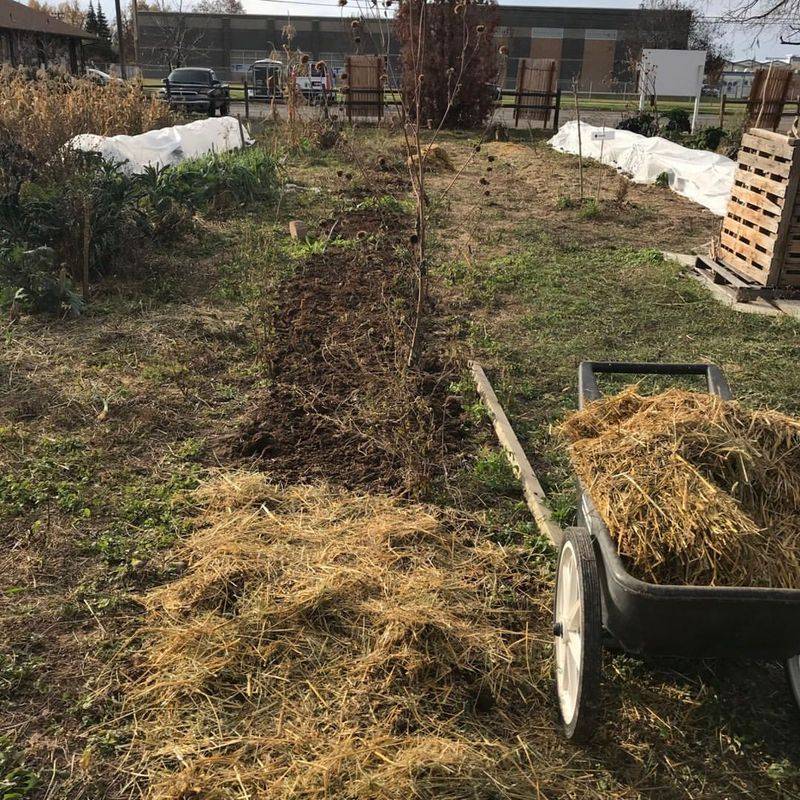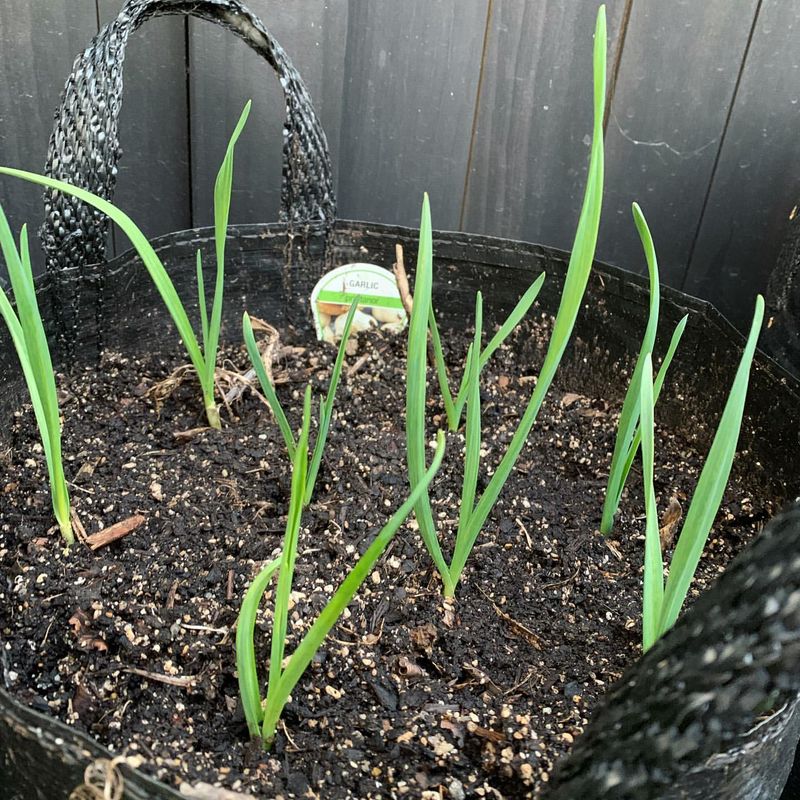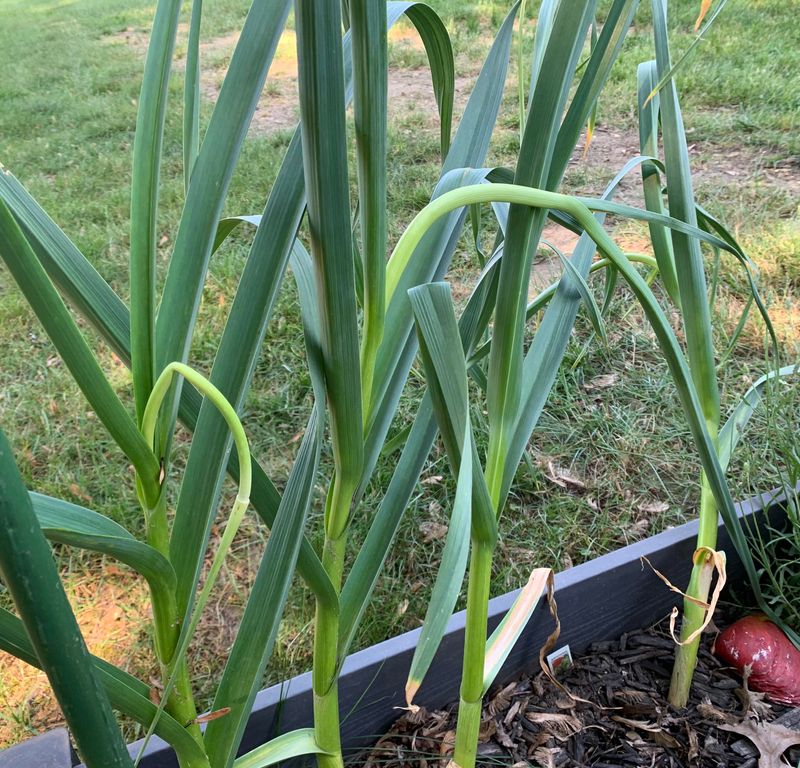Garlic’s one of those crops that’s surprisingly easy to grow—if you get it in the ground at the right time. In Pennsylvania, fall is perfect for planting, and you’ve still got a window before the ground freezes.
I’ve made it a yearly habit to tuck cloves into the soil just as the leaves start to fall. It takes minimal effort now and pays off big next summer. Here’s how to get your garlic going before winter settles in.
1. Choose the Right Varieties
Hardneck varieties like German Red and Music thrive in Pennsylvania’s cold winters and produce larger, more flavorful cloves. They need the winter chill to develop properly.
Softneck types store longer but aren’t as winter-hardy in our Pennsylvania climate. Consider growing both to enjoy different flavors and maximize your harvest season.
2. Time Your Planting Perfectly
Mid-October is the sweet spot for Pennsylvania garlic planting—about 4-6 weeks before the ground freezes. This timing allows roots to develop without the tops growing too tall before winter arrives.
Watch Pennsylvania’s weather patterns closely. In warmer southern counties, you might plant in early November, while northern regions may need early October planting.
3. Prepare Your Soil
Garlic thrives in loose, fertile soil with excellent drainage. Work in plenty of compost and aged manure to a depth of 8-10 inches before Pennsylvania’s planting time arrives.
Our Pennsylvania clay soils often need extra help, so consider adding sand or perlite if drainage is poor. A soil pH between 6.0-7.0 creates the perfect growing environment for robust garlic.
4. Select Quality Seed Garlic
Purchase certified disease-free seed garlic from reputable Pennsylvania nurseries or organic farms. Grocery store garlic may be treated with growth inhibitors or carry diseases.
Local Pennsylvania garlic varieties have already adapted to our climate and growing conditions. Choose the largest, firmest bulbs with plump cloves for the best results in your garden.
5. Break Apart Bulbs Carefully
Gently separate garlic bulbs into individual cloves 1-2 days before planting. Keep the papery skin intact on each clove for protection during Pennsylvania’s winter months.
Discard any cloves that show signs of damage or mold. Pennsylvania gardeners find that the largest outer cloves typically produce the biggest bulbs, so prioritize those for planting.
6. Plant at Proper Depth
Push cloves 2 inches deep into the soil, pointy end up, with the flat root end down. In Pennsylvania’s colder northern regions, you might want to plant slightly deeper for extra protection.
Space cloves 4-6 inches apart in rows 8-12 inches apart. Pennsylvania gardeners who give garlic plenty of room are rewarded with larger bulbs and better air circulation.
7. Apply Organic Fertilizer
Feed your garlic with balanced organic fertilizer at planting time. Bone meal works wonderfully in Pennsylvania soils to encourage strong root development before winter sets in.
Pennsylvania gardeners have success using fish emulsion or alfalfa meal too. Avoid high-nitrogen fertilizers now—save those for spring feeding when bulbs begin active growth.
8. Mulch Heavily
Cover planted garlic with 4-6 inches of straw or shredded leaves. This thick blanket protects against Pennsylvania’s temperature fluctuations that can push plants out of the soil.
Many Pennsylvania gardeners use their fallen autumn leaves as free mulch. The protection prevents frost heaving during our freeze-thaw cycles and suppresses spring weeds that compete with developing garlic.
9. Label Your Varieties
Mark each variety with weatherproof labels or maps. Pennsylvania’s winter snow and spring rains can easily wash away temporary markers, leaving you guessing come harvest time.
Keep detailed notes about what you planted where. Many Pennsylvania gardeners discover certain varieties perform better in their specific microclimate, and good records help improve next year’s garden planning.
10. Protect From Wildlife
Pennsylvania’s deer, rabbits, and voles can damage garlic plantings. Consider installing simple fencing or covering beds with chicken wire until the ground freezes solid.
Some clever Pennsylvania gardeners plant daffodil bulbs alongside garlic as natural deterrents. Their strong scent helps keep critters away, and both plants emerge around the same time in spring.
11. Monitor Fall Growth
Your garlic might sprout before winter arrives in Pennsylvania—don’t panic! A few inches of green growth is normal and won’t harm the plants when cold weather sets in.
If Pennsylvania delivers an unusually warm fall, add extra mulch to insulate the soil. The goal is to encourage root growth while discouraging too much top growth that could be damaged by sudden freezes.
12. Check Mulch Mid-Winter
During January thaws common in Pennsylvania, inspect your garlic beds and replenish any mulch that’s blown away. Winter winds can be fierce across our open landscapes.
Pennsylvania’s freeze-thaw cycles can push cloves upward. Gently press any exposed cloves back into the soil and replace the protective mulch layer to ensure they survive until spring.
13. Remove Mulch Gradually
As Pennsylvania’s spring temperatures rise, gradually pull back some mulch to allow the soil to warm. Don’t remove it all at once—our notorious late frosts can still damage tender shoots.
Many experienced Pennsylvania garlic growers wait until the threat of hard freezes passes, usually late March or early April. Keep some mulch between rows to control weeds throughout the growing season.
14. Feed in Early Spring
Once garlic shows strong spring growth, apply nitrogen-rich fertilizer. Pennsylvania’s spring rains help dissolve these nutrients slowly, feeding developing bulbs at the perfect pace.
Many Pennsylvania gardeners use diluted fish emulsion every few weeks until early June. Stop fertilizing when the plants begin to form bulbs, as this encourages leaf growth at the expense of bulb size.
15. Watch for Scapes
Hardneck varieties produce curly flower stalks called scapes in late spring. Cutting these off redirects energy to bulb development—plus they’re delicious in Pennsylvania farm-to-table cooking!
Pennsylvania gardeners harvest scapes when they form their first curl. Enjoy them in stir-fries, pesto, or grilled as a special spring treat while waiting for the main garlic harvest.

